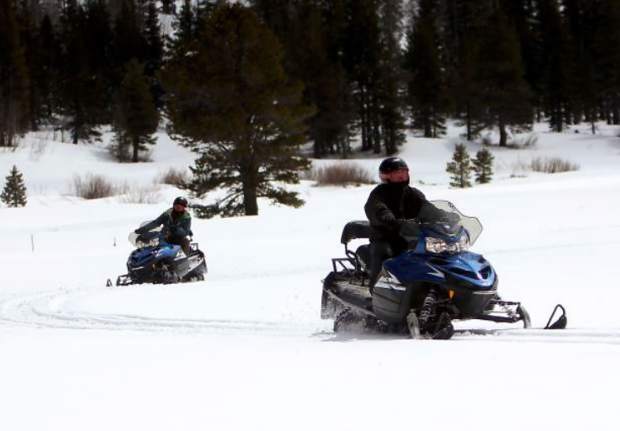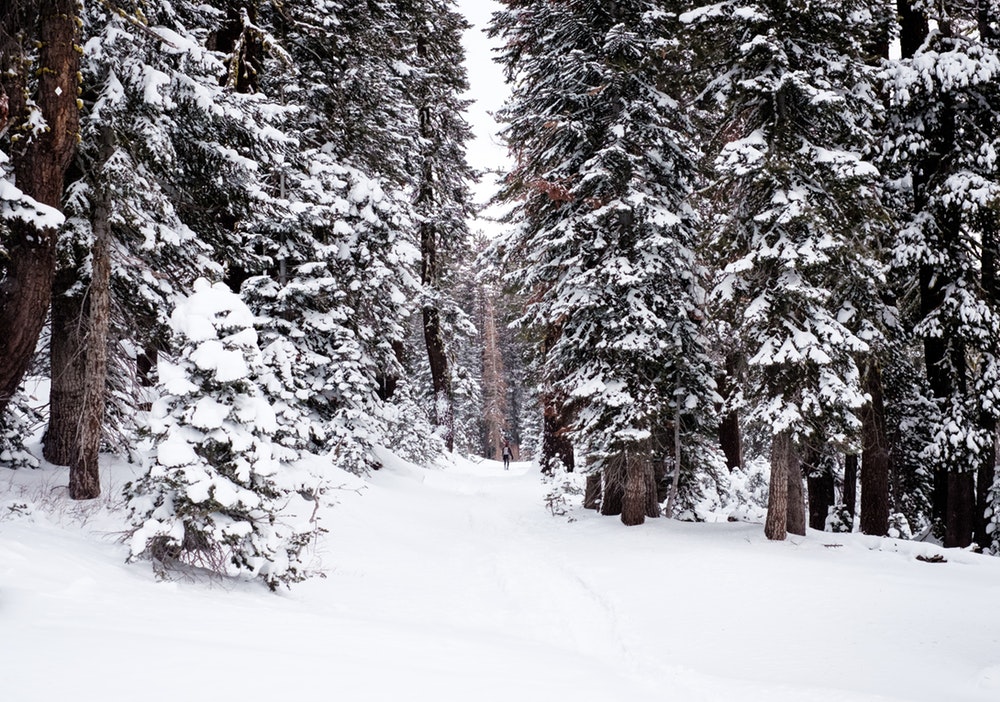
The debate over snowmobile access in the Tahoe National Forest has turned ugly, reports the Tahoe Daily Tribune.
Emails, social media posts and online comments with foul and abusive language prompted Forest Service officials to disable a portion of an online comment system. Tahoe National Forest Supervisor Eli Ilano said he has never seen anything like this.
“It is discouraging because it is not promoting public discourse on the topic,” he said.

Supporters of the proposal pushing for more restrictions in the 1,250-square-mile area have been the targets of the online abuse, including anti-gay slurs, foul language and references to violence.
“It is not about having a dialogue, it is not about communicating,” said Gail Ferrell, vice president of outreach for the nonprofit advocacy group Snowlands. “It is just about attempting to demoralize us, which it does not do.”
Behind all the vitriol is tension between snowmobilers who use machines to access the forest in winter and people who visit on skis, snowboards, and snowshoes.
The proposed plan is more than a decade in the making and will define which parts of the forest are open to snowmobile riding decades into the future. Snowmobile riders see the effort as a threat to future access.

While some snowmobile riders are worried about losing forest access, others who have studied the proposal say potential losses are less drastic than some perceive:
“We are not trying to get rid of snowmobiling altogether,” said Jim Gibson, vice president and secretary of Snowlands. “We just think the current 85/15 split needs more balance.”
Much of the acreage that would be off-limits to snowmobiles in the preferred alternative, for example, is below 5,000 feet (1,524 meters) in elevation and often lacks the snow depth needed to operate the machines.